22 products
-
Chinese Mythical Beast Silver Teapot
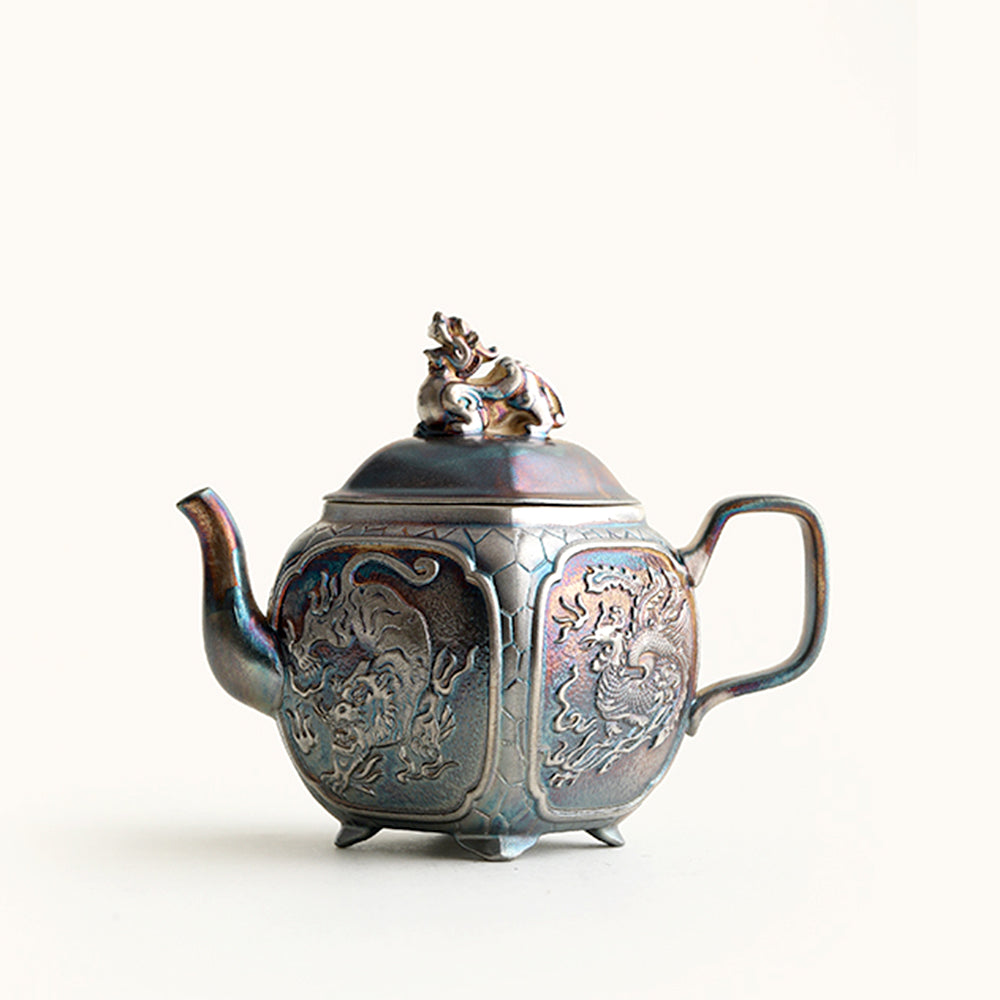 Vendor:Chinese Mythical Beast Silver TeapotUmi Tea Sets
Vendor:Chinese Mythical Beast Silver TeapotUmi Tea Sets- Regular price
-
$129.58 USD - Regular price
-
$425.58 USD - Sale price
-
$129.58 USD
Quick view
-
Chinese Silver-Gilt Blue And White Porcelain Teapot
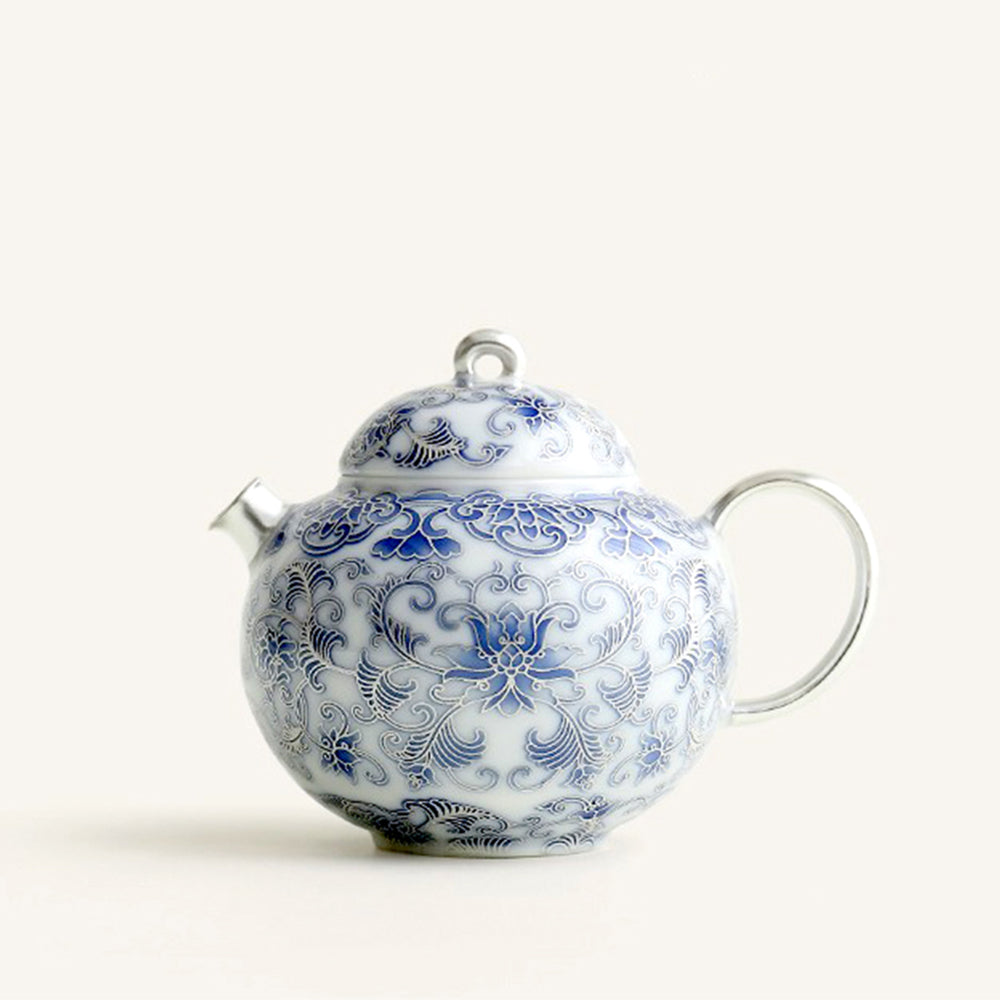 Vendor:Chinese Silver-Gilt Blue And White Porcelain TeapotUmi Tea Sets
Vendor:Chinese Silver-Gilt Blue And White Porcelain TeapotUmi Tea Sets- Regular price
-
$108.28 USD - Regular price
-
$363.38 USD - Sale price
-
$108.28 USD
Quick view
-
Colorful Silver-Plated Ceramic Buddhas Teapot
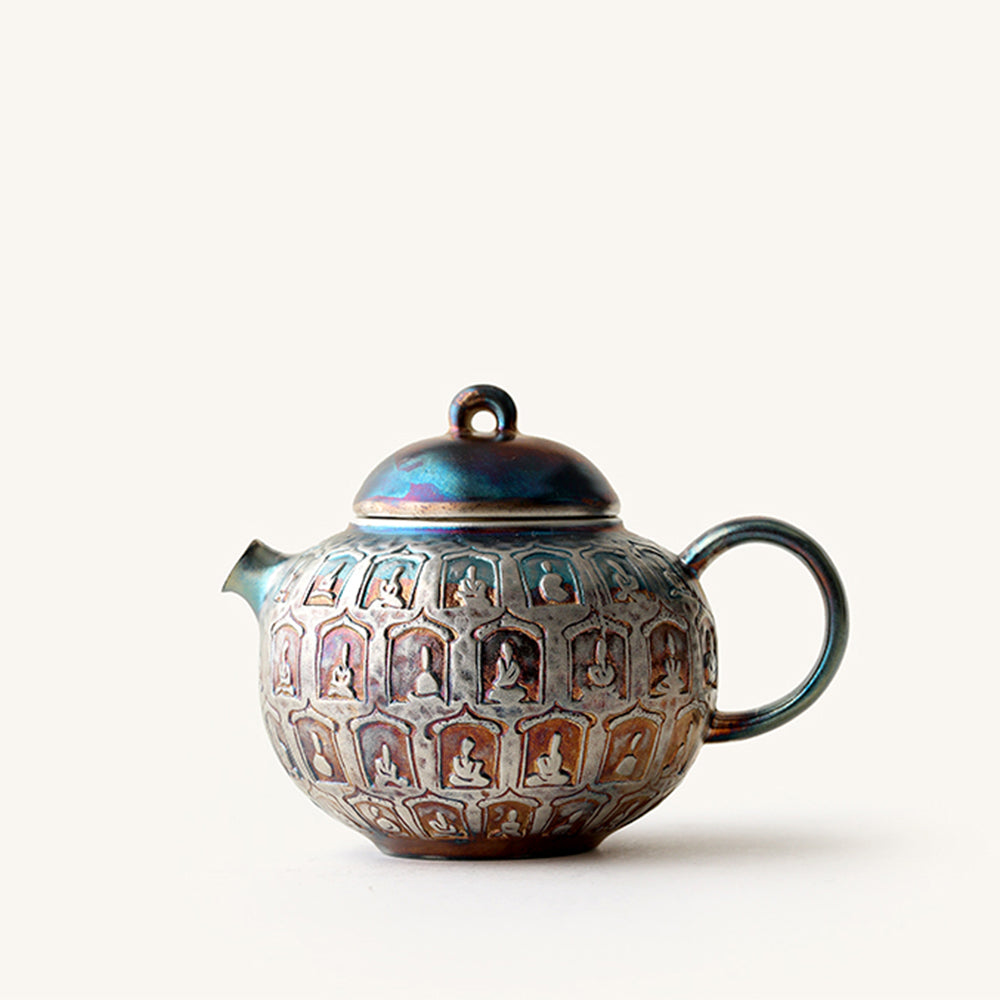 Vendor:Colorful Silver-Plated Ceramic Buddhas TeapotUmi Tea Sets
Vendor:Colorful Silver-Plated Ceramic Buddhas TeapotUmi Tea Sets- Regular price
-
$129.57 USD - Regular price
-
$389.38 USD - Sale price
-
$129.57 USD
Quick view
-
Silver-Gilt Blue And White Shi Piao Teapot
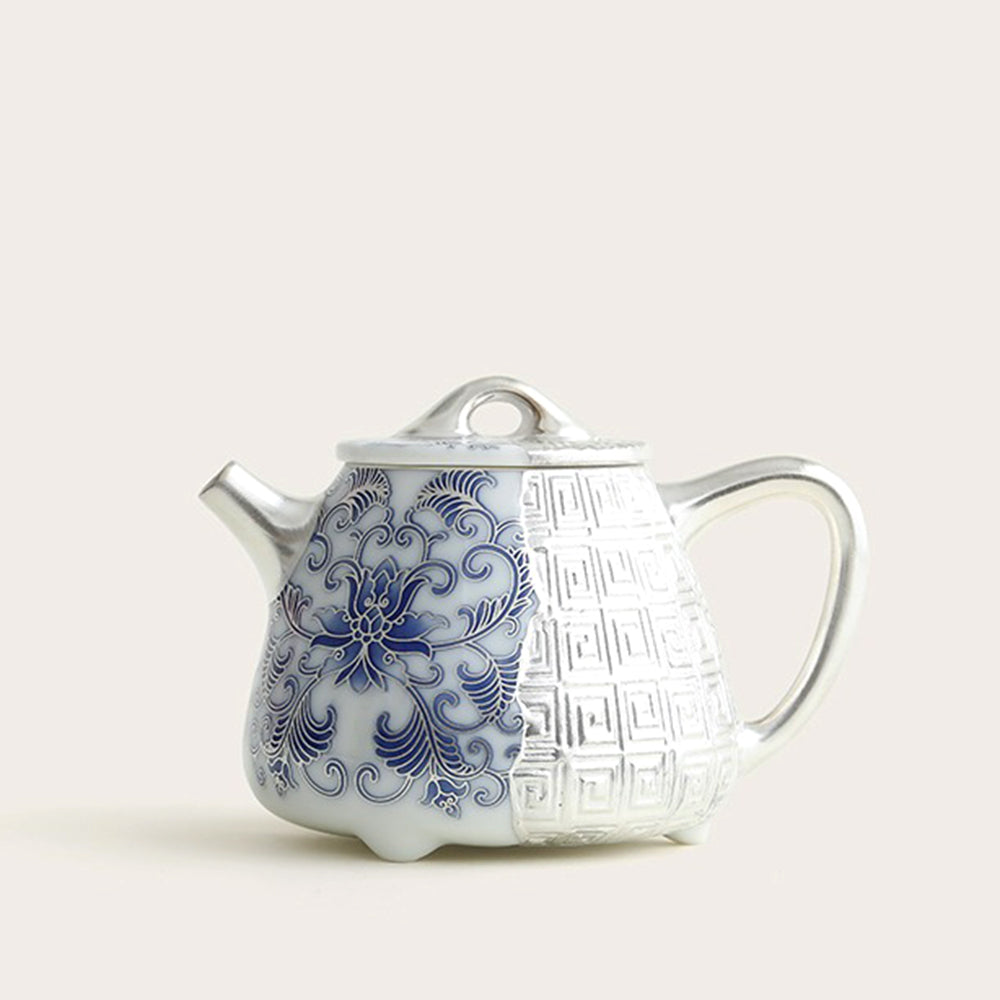 Vendor:Silver-Gilt Blue And White Shi Piao TeapotUmi Tea Sets
Vendor:Silver-Gilt Blue And White Shi Piao TeapotUmi Tea Sets- Regular price
-
$129.80 USD - Regular price
-
$409.38 USD - Sale price
-
$129.80 USD
Quick view
-
Irregular Black Ceramic Chinese Teapot
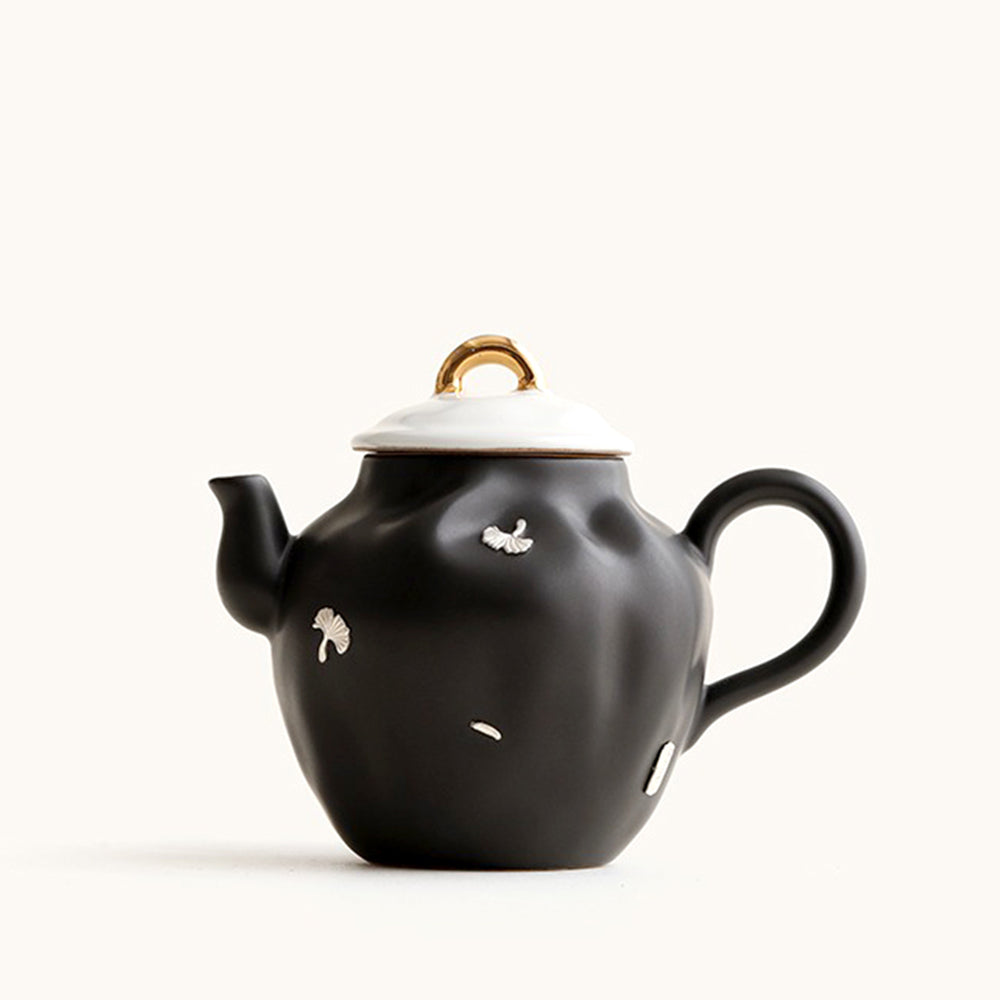 Vendor:Irregular Black Ceramic Chinese TeapotUmi Tea Sets
Vendor:Irregular Black Ceramic Chinese TeapotUmi Tea Sets- Regular price
-
$85.50 USD - Regular price
-
$212.28 USD - Sale price
-
$85.50 USD
Quick view
-
Chinese Sky Blue Ruyao Pumpkin Teapot
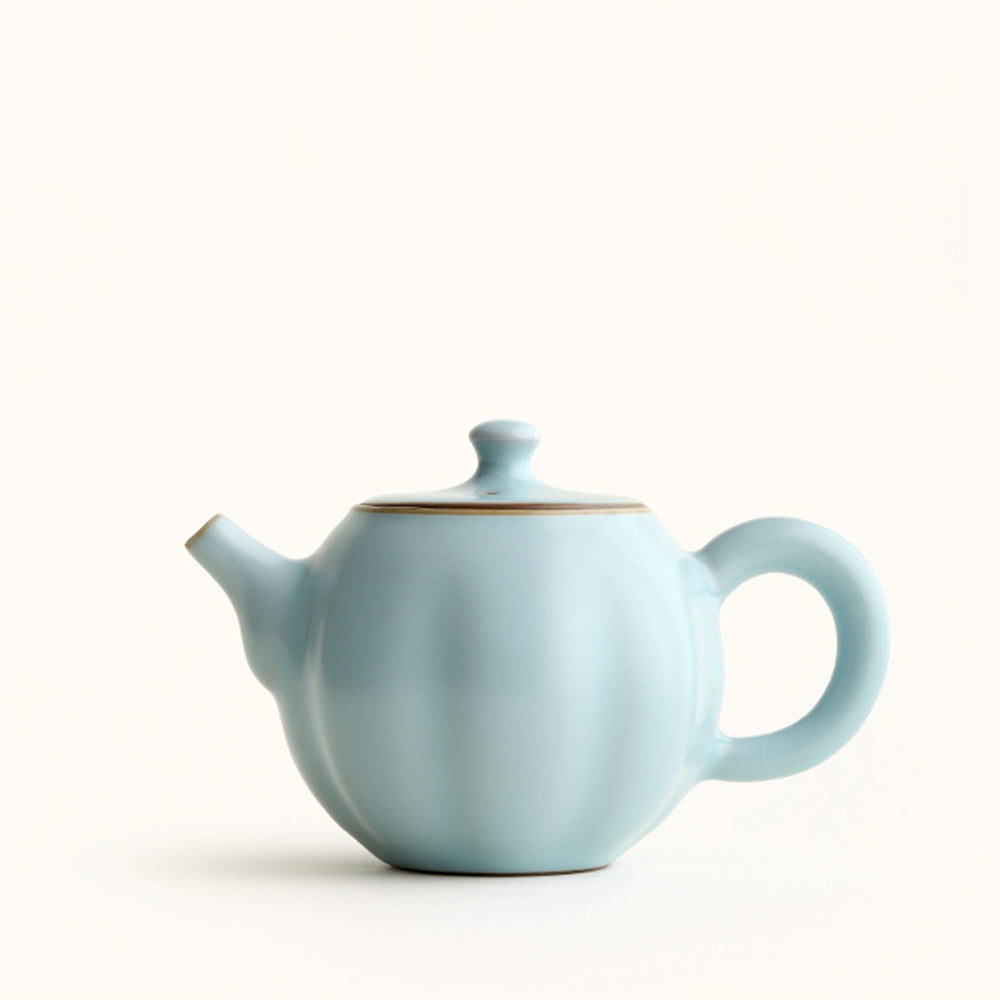 Vendor:Chinese Sky Blue Ruyao Pumpkin TeapotUmi Tea Sets
Vendor:Chinese Sky Blue Ruyao Pumpkin TeapotUmi Tea Sets- Regular price
-
$69.50 USD - Regular price
-
$170.48 USD - Sale price
-
$69.50 USD
Quick view
-
Chinese Blue And White Ruyao Shi Piao Teapot
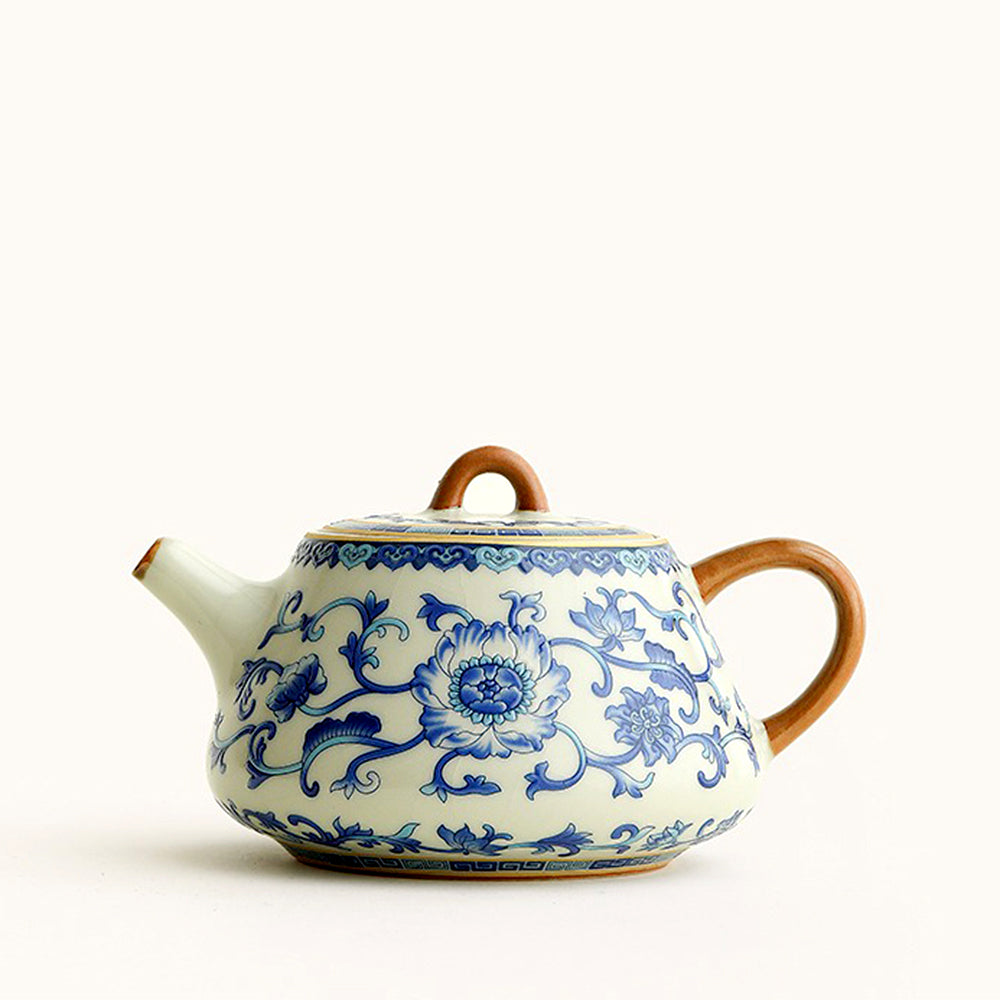 Vendor:Chinese Blue And White Ruyao Shi Piao TeapotUmi Tea Sets
Vendor:Chinese Blue And White Ruyao Shi Piao TeapotUmi Tea Sets- Regular price
-
$59.80 USD - Regular price
-
$167.88 USD - Sale price
-
$59.80 USD
Quick view
-
Silver-Gilt Blue And White Engraving Teapot
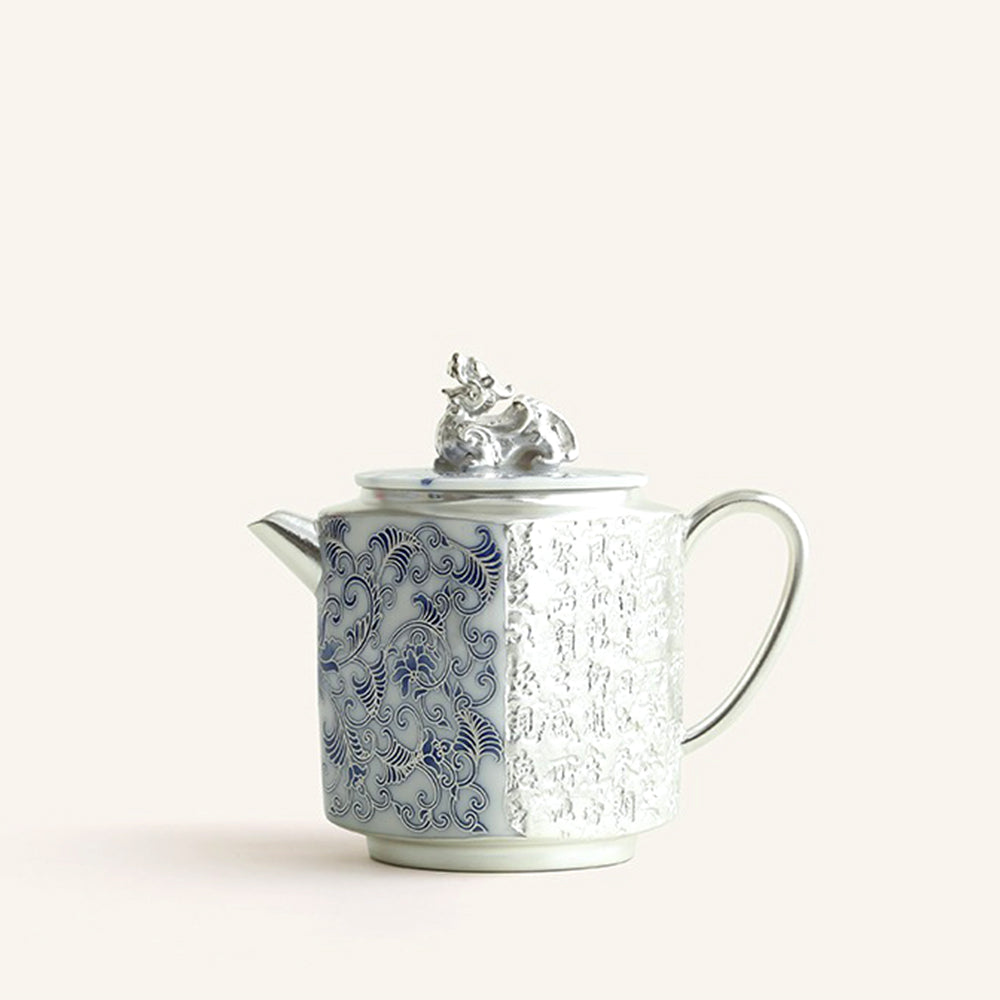 Vendor:Silver-Gilt Blue And White Engraving TeapotUmi Tea Sets
Vendor:Silver-Gilt Blue And White Engraving TeapotUmi Tea Sets- Regular price
-
$119.80 USD - Regular price
-
$407.08 USD - Sale price
-
$119.80 USD
Quick view
-
Silver-Plated Black Kirin Xi Shi Teapot
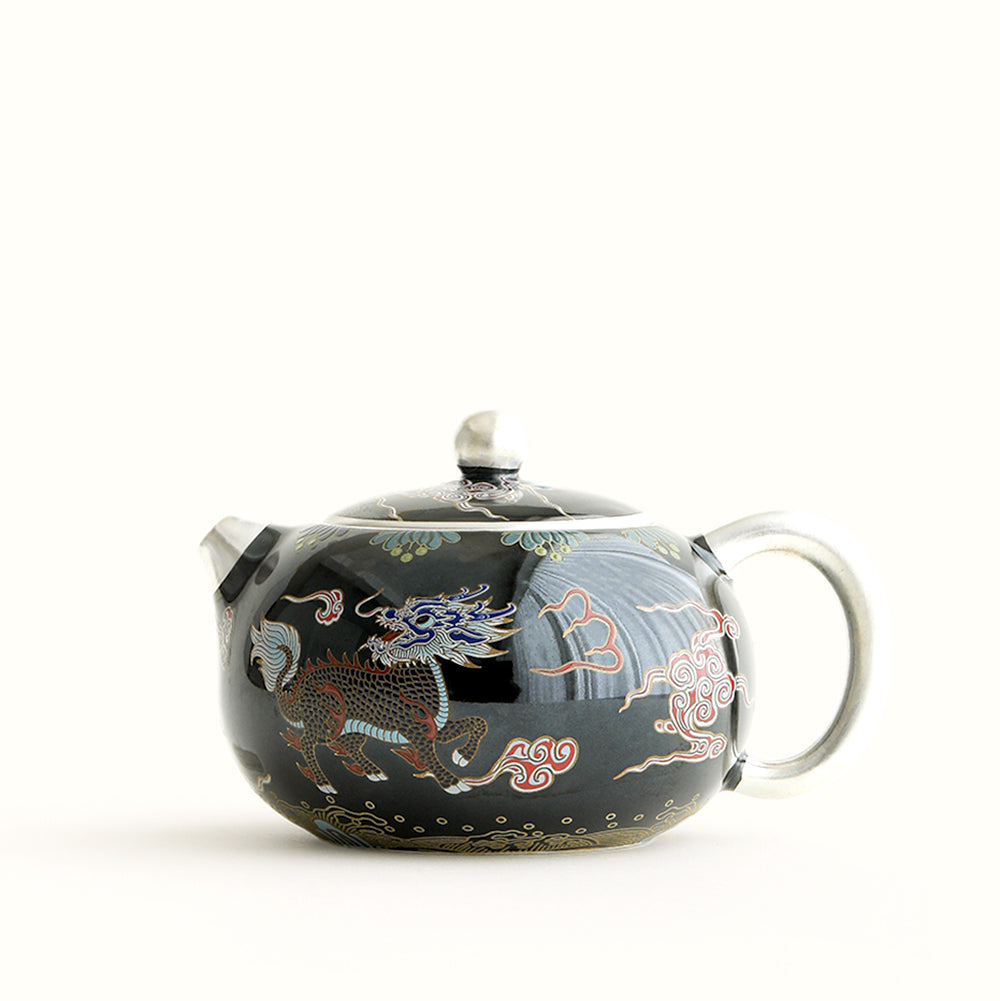 Vendor:Silver-Plated Black Kirin Xi Shi TeapotUmi Tea Sets
Vendor:Silver-Plated Black Kirin Xi Shi TeapotUmi Tea Sets- Regular price
-
$129.50 USD - Regular price
-
$378.33 USD - Sale price
-
$129.50 USD
Quick view
-
Chinese Antique Silver-Plated Ceramic Teapot
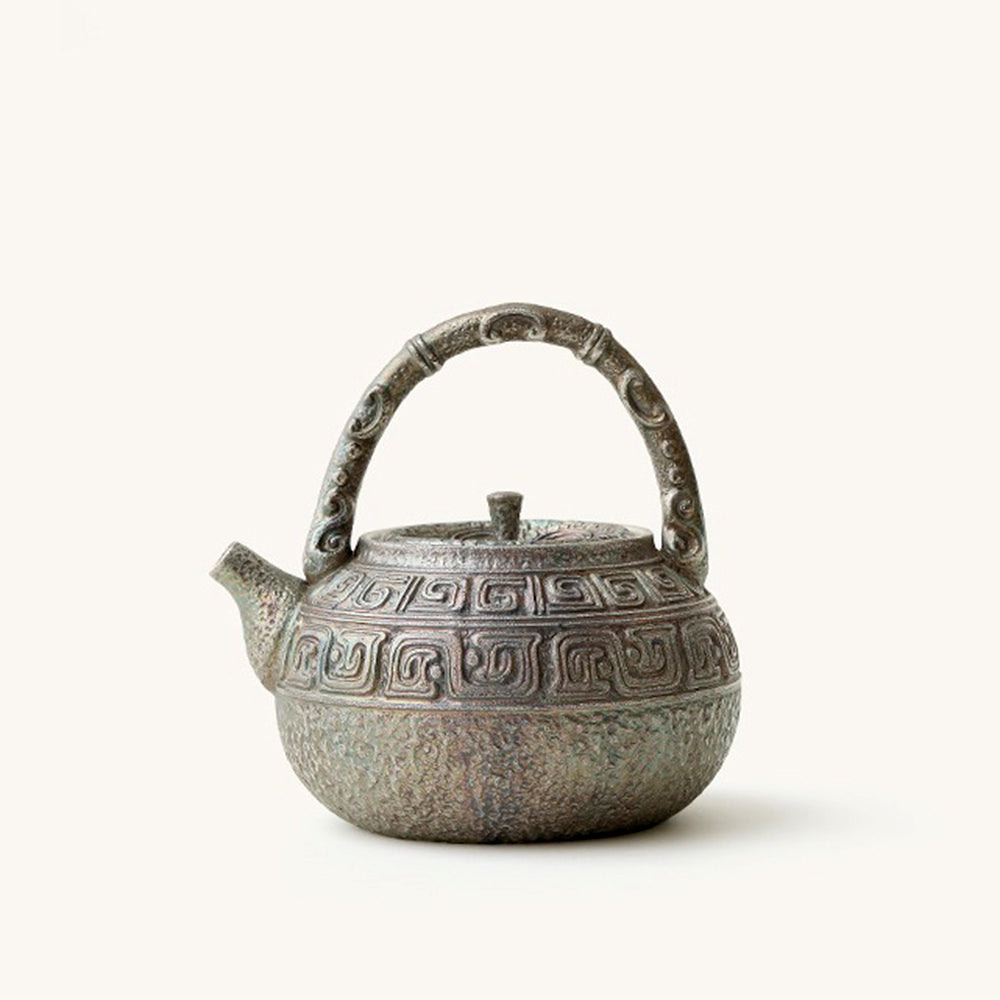 Vendor:Chinese Antique Silver-Plated Ceramic TeapotUmi Tea Sets
Vendor:Chinese Antique Silver-Plated Ceramic TeapotUmi Tea Sets- Regular price
-
$199.98 USD - Regular price
-
$484.13 USD - Sale price
-
$199.98 USD
Quick view
-
Silver-Gilt Blue And White Porcelain Chinese Teapot
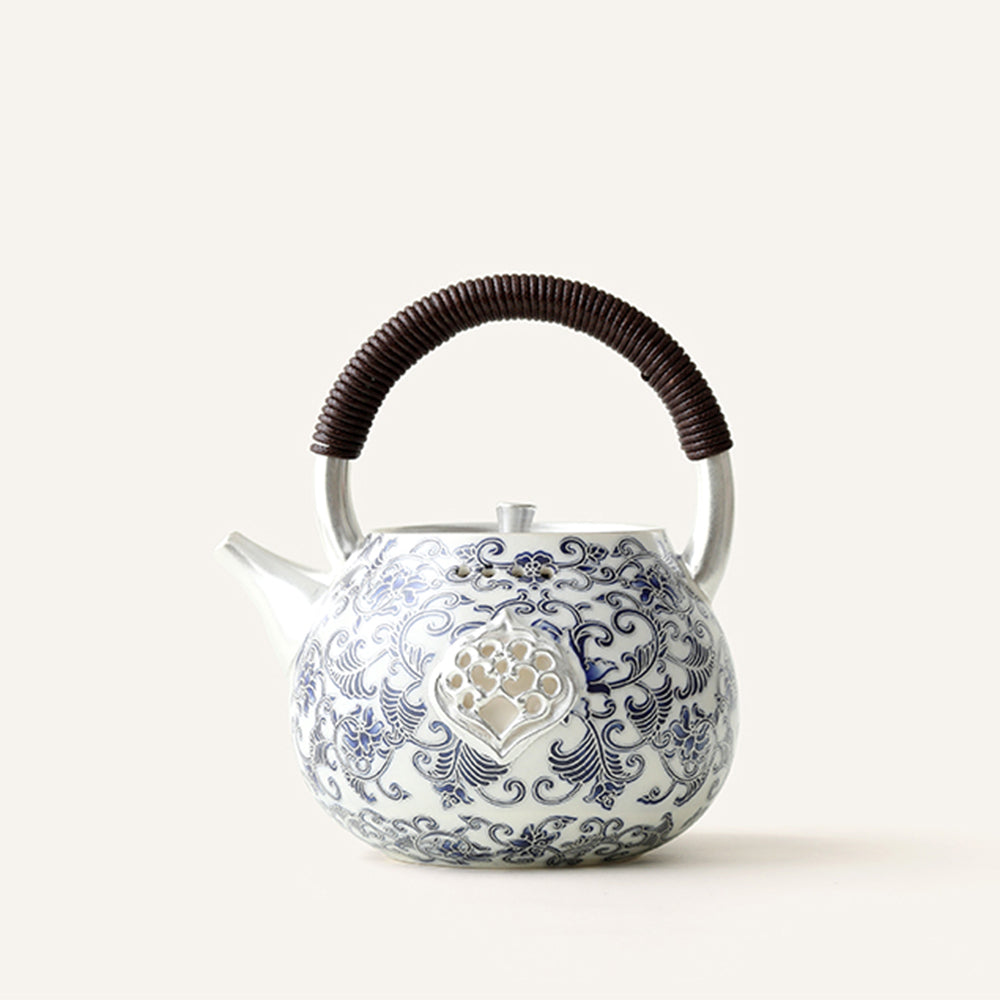 Vendor:Silver-Gilt Blue And White Porcelain Chinese TeapotUmi Tea Sets
Vendor:Silver-Gilt Blue And White Porcelain Chinese TeapotUmi Tea Sets- Regular price
-
$199.59 USD - Regular price
-
$512.88 USD - Sale price
-
$199.59 USD
Quick view
-
Blue And White Porcelain Teapot With Side Handle
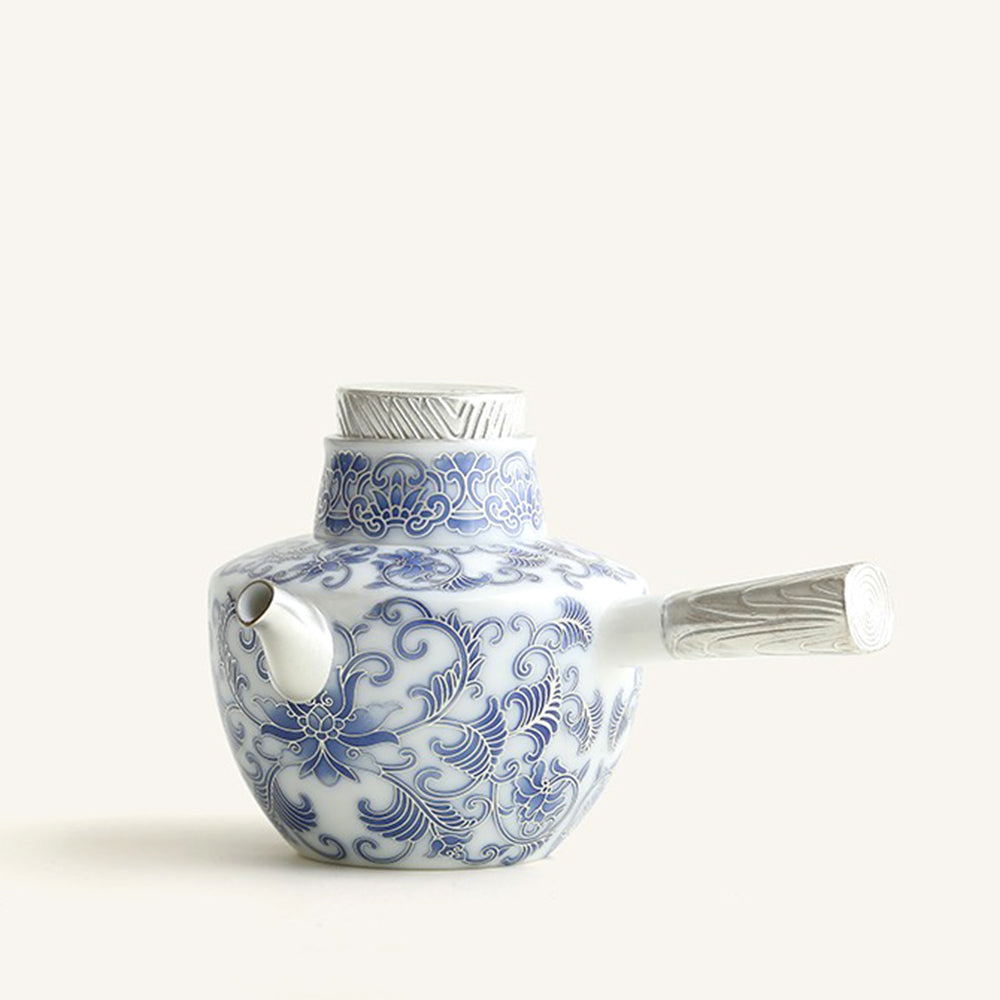 Vendor:Blue And White Porcelain Teapot With Side HandleUmi Tea Sets
Vendor:Blue And White Porcelain Teapot With Side HandleUmi Tea Sets- Regular price
-
$136.70 USD - Regular price
-
$407.08 USD - Sale price
-
$136.70 USD
Quick view
The Origin of Chinese Teapots
Teapots has been developed before the Tang Dynasty. The teapots in the Tang Dynasty resembled a bottle, which was convenient for filling much more water. The small mouth of the bottle was good for brewing tea and filling water. In the Ming Dynasty, the art of tea ceremony became more and more refined, and it was more particular about brewing tea. To meet such high requirements, tea sets must also be reformed and innovated. For example, people in Ming Dynasty has began to focus on clay teapots, which was a new pursuit of tea art. Because the teapot would absorb the fragrance of tea and does not pollute the tea color, the clay teapot is regarded as a top grade. Almost everyone knows Chinese teapots and the Yixing clay teapots, they are famous in the Ming Dynasty.
Introduction of Chinese Teapots
The beauty of the teapot due to the teapot body, a lid, a spout, and a handle, which assemble them to be a finished item. The changes in shape, size, and ornaments are abundant, and the characteristics of the historical times are easy to distinguish. However, its basic shape has not changed since the Southern and Northern Dynasties to modern times. It is difficult for people today to distinguish the difference between a wine pot and a teapot because they are very similar. In fact, there was no teapot before the Song Dynasty. Before the Song Dynasty, you used a bowl to drink tea instead of a cup.
The development of Chinese Teapots
In the history of Chinese civilization, from the jug to the wine pot, and then from the wine pot to the teapot, it is a very interesting portrayal of the evolution of living utensils. Today, most of the pots from ancient times to medieval times are wine pots, because in those times, the life of the ancients was inseparable from wine.
In the north of China, tea drinking has gradually become popular, almost replacing of the social function of wine drinking. After the Southern Song Dynasty, teahouses appeared throughout the country. The mode of operation is that the tea is brewed by tea artist and poured into the guest's bowl. The ceremonial character of the tea ceremony is completely discarded, just for drinking tea.
After the end of Ming Dynasty and the beginning of Qing Dynasty, the number of teapots used by the people increased greatly, and teapots became common teaware. Drinking and entertaining the guests is gradually replaced by tea. Teapots and teacups have become the necessities of every family. Most of the teapots in the south of China are small pots with spouts. Most of them are made in blue and white porcelain. They are simple in shape. The landscapes or flowers and birds on the teapots are vivid with high artistic value.
The tea lovers in the south of China are exquisite in tea drinking. Since the production of teapots in Yixing, Jiangnan, it seems that it has taken a new step with Chinese tea art, that is, drinking strong tea in small teapot. Chinese people used to drink non fermented green tea, but they start to drink fermented oolong tea then. Under the guidance of literati, tea art not only pays attention to the fragrance of tea, but also pays attention to the aesthetic of tea set. The shape of the teapot becomes the main marking target. Because Yixing's clay is very delicate and the pottery teapot has a good handle, various designs have appeared under the creation of famous masters in the past dynasties. There are several typical styles, which can be called classic works. They are very delicate and unforgettable. In the past 100 years, this wave of Chinese teapots craze has made China become the nation that like the teapots most and own the teapots most.
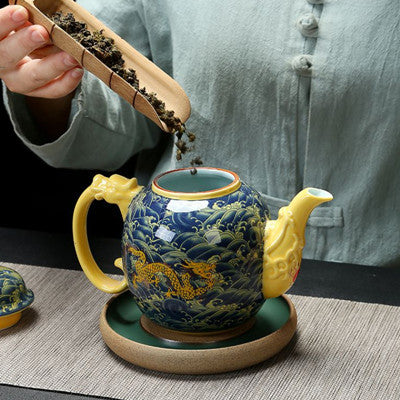
The Chinese Sado
Chinese Sado was originated from china and dated back to the Tang Dynasty. In the book The Record of What Mr. Feng Sees and Hears it was recorded that "it is also owing to Hongjian's theory combining with broad publicity, sado has been increasing popular? It was also clearly presented in the book Ten Merits of Drinking Tea that "tea can create a peaceful internal world and elegant aspirations".
Chinese tea-drinking focuses on four levels. The first level is drinking tea, which means drinking with big bowl and at a large amount for reliving thirst. The second level is tasting: it pays attention to tea's color, fragrance and taste and is particular about water quality and tea sets, the most important is to taste tea carefully; tea art is the third level, it pays attention to not only the process of appreciating tea but also environment, atmosphere, music, tea infusion skill and human relations. The last level is by tea tasting and tea art to enjoy life, cultivate sentiment skill and moral characters, and then people finally reach a mental enjoyment and improvement of personality, this is the highest level called sado.
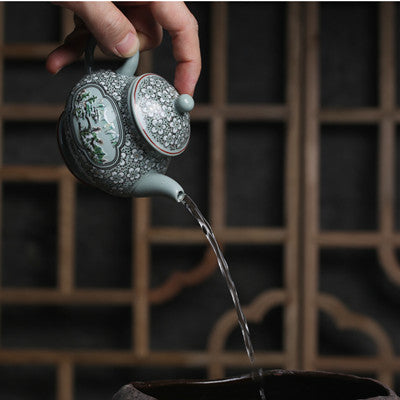
The impacts of Buddhism, Confucianism and Taoism on sado
The essence of Chinese sado and Chinese traditional culture are of the same origin, they all absorbing the essence of Buddhism, Confucianism and Taoism's thinking. Chinese sado are linked with Buddhism in countless way, and the term sado was coined by a Buddhist Zen Master. There are many common grounds between Chinese sado and Buddhism on thinking. The so-called the "same taste of Buddhist Zen and tea" emphasizes that feel Buddhist Zen by integrating Buddhism theory and Buddhist Zen into the tea and cultivating moral characters in the tea.
The core of Confucianism is the "doctrine of mean", which asks people to face the world with fair, peace, optimism, enthusiasm, affinity and tolerance. As for tea drinking, it values communications of ideas, creation of harmonious atmosphere, peaceful mind, appropriate behavior, and courteousness. Emphasized by Confucian sado, a happy atmosphere is the major melody of Chinese tea culture, as well as the significant distinction with Buddhist Zen, which is particularly obvious in fork tea custom and ceremony.
Taoism injects tea ceremony with the philosophical idea of "man is the integral part of nature", for it is believed that tea absorbs nimbus and essence from nature.
Although China produces large quantities of black tea for export, the most popular teas in China are green and scented teas. Brewing styles vary from region to region and, in some places, teapots much like those used in the West are common. In other areas, the tea set consists of a tiny teapot (the best made of Yixing teapots) and porcelain teapots. The traditional way to brew a single cup of tea is by infusing leaves in a Giwan, which is a covered cup.
At home, tea is always offered to visitors, and in restaurants, a pot of tea is the first item brought to the table --to refresh customers before a meal—and the aid digestion. In the workplace there are steaming urns of water on every floor of the factories and office blocks and tea bags in every desk ready for brewing. Workers in the fields carry gourds or jars filled with tea to refresh them throughout the day. Most of the traditional tea houses closed down in the 1920s and 30s, tea drinking being considered an "unproductive leisure activity" during the Cultural Revolution, but today the most famous of the ruined houses have been renovated and have regained much of their earlier popularity.
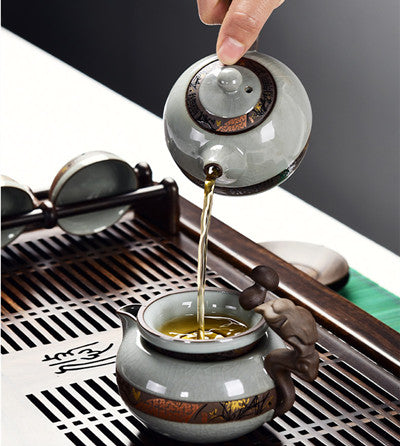
About Chinese Teapots
Chinese Teapot, an important constituent part. While the Chinese teapots also has a rich artistical value in the in ancient Chinese civilization of long standing. Not only the Chinese tea pots has the characteristics of the cultural heritage of the Chinese nation, but also promoting the communication between Chinese and the foreign culture. In addition, the Chinese teapot also play an important role in the world heritage.
As we all know that the China are of a great variety of tea pots, which texture and style are very plentiful. As for the texture, the porcelain, ceramic, Ru, Ge, purple sand and etc are commonly seen. As for the style, its shape and color are changing and diversity, combing with the art of poetry, books, paintings, sculpture and so on. All of that will inevitably pull the Chinese tea pots to a new heights. There has a style of traditional literati aesthetic, such as the Chinese teapot with a plum, orchid, bamboo, chrysanthemum and etc. And the ones with inner temperament, the pure or simple style, such as Ru, Ge, Purple Sand and etc are included in Chinese tea pots. In addition, there also has some style of pure, fresh and elegant, such as the blue and white porcelain of China tea pot. So many attractive Chinese teapot,welcoming by all the tea lovers.
Chinese teapots, especially the pottery pot and the purple sand pot , are recommended to purify the tea flavor. For them, excepting the flavor and tasty of tea water, the more attracting ones is that the color changing of the tea pots after absorbing beverage. This type of Chinese teapot need people spend more time in maintenance, wiping. After a long duration, the really natural luster will be send out that entailed in the tea pot. In addition, the activity of drinking tea not only cultivate one’s morality, but raise the artistic conception of gender and quietly elegant. An great combination of visualization and artistry.
Our Chinese teapots are known for its beauty and artistry, it will bring you the experience of drinking tea in traditional Chinese way. A range of China teapots which great gifts for friends and families, we have large selection of Chinese clay teapots and antique China teapots, also look great on your shelf or desk. The elegant design is very popular among China. You'll find the perfect teapot in our boutique collection of Chinese teapots.












